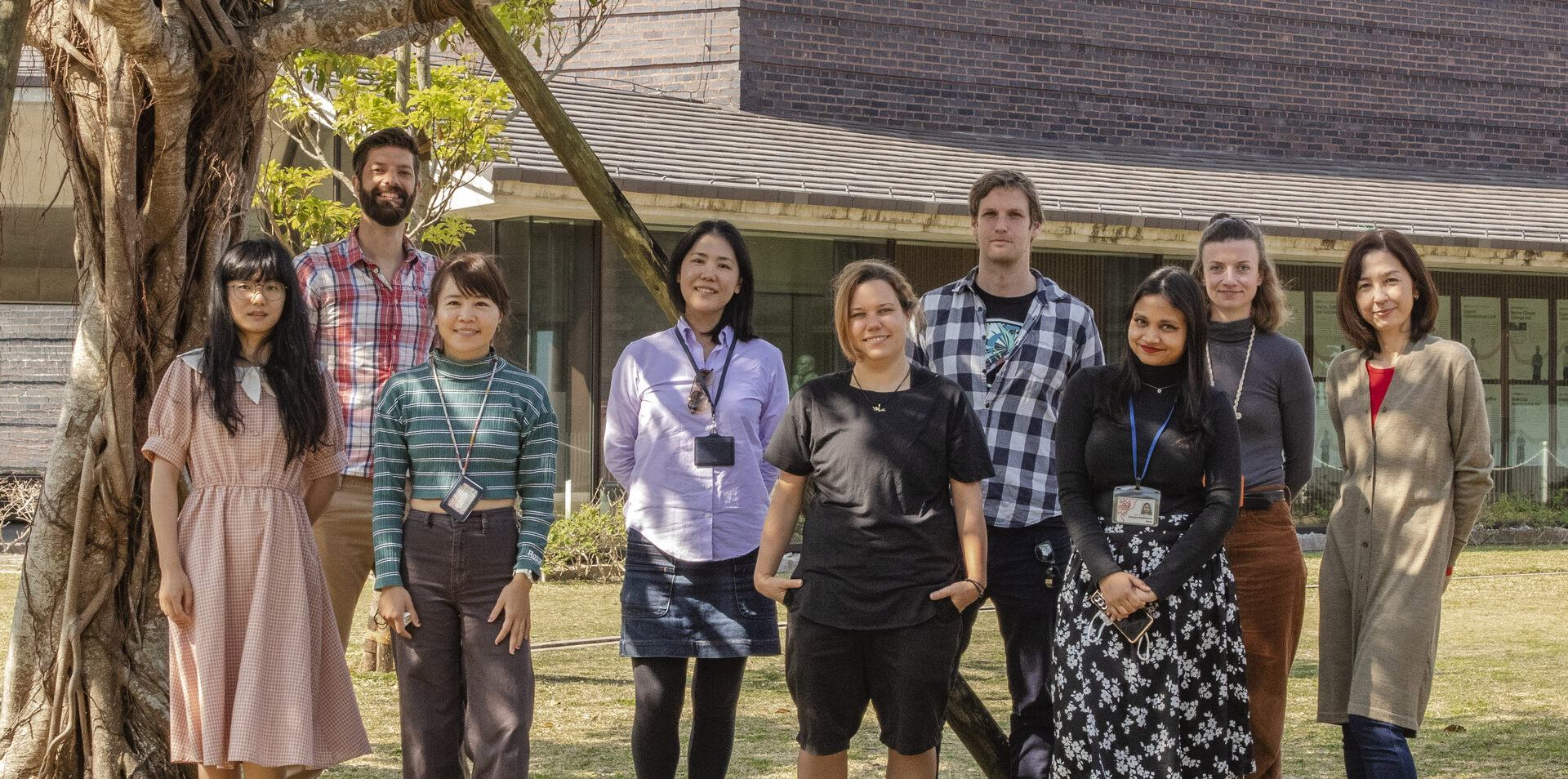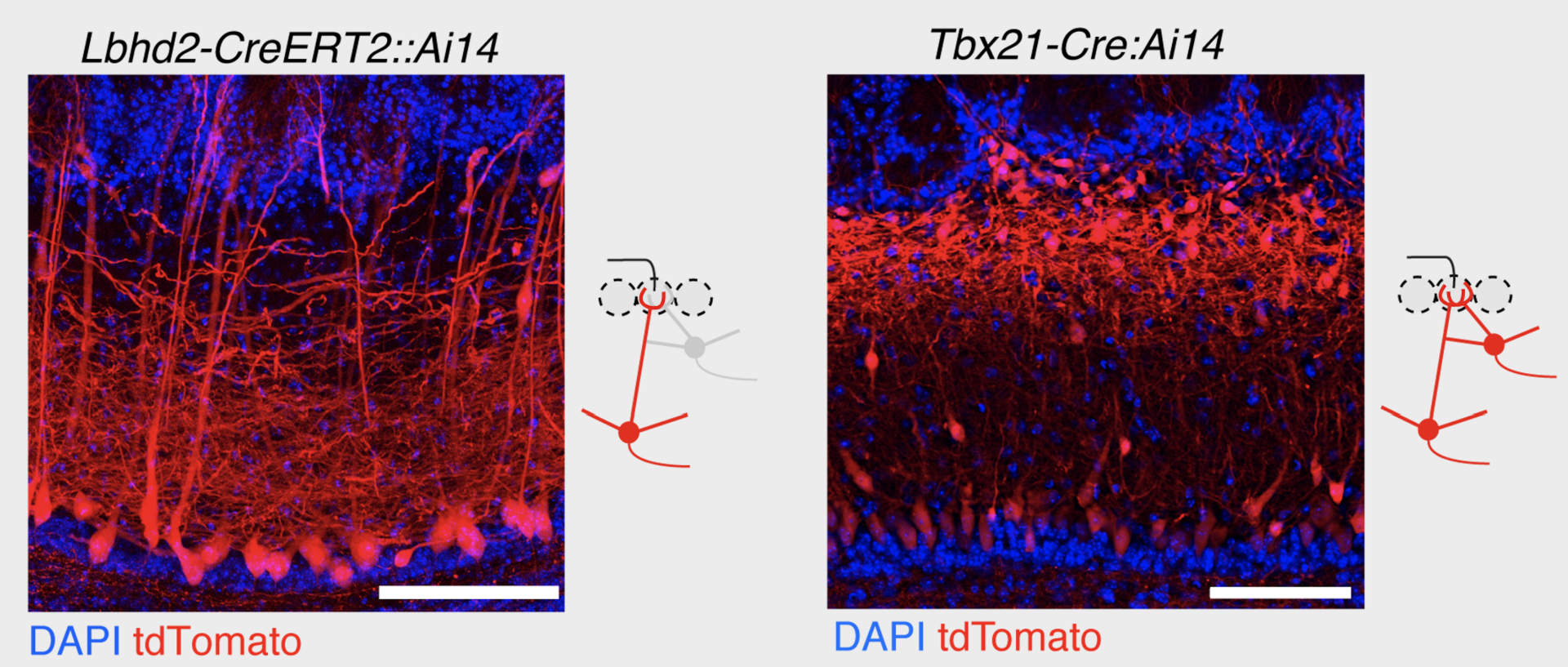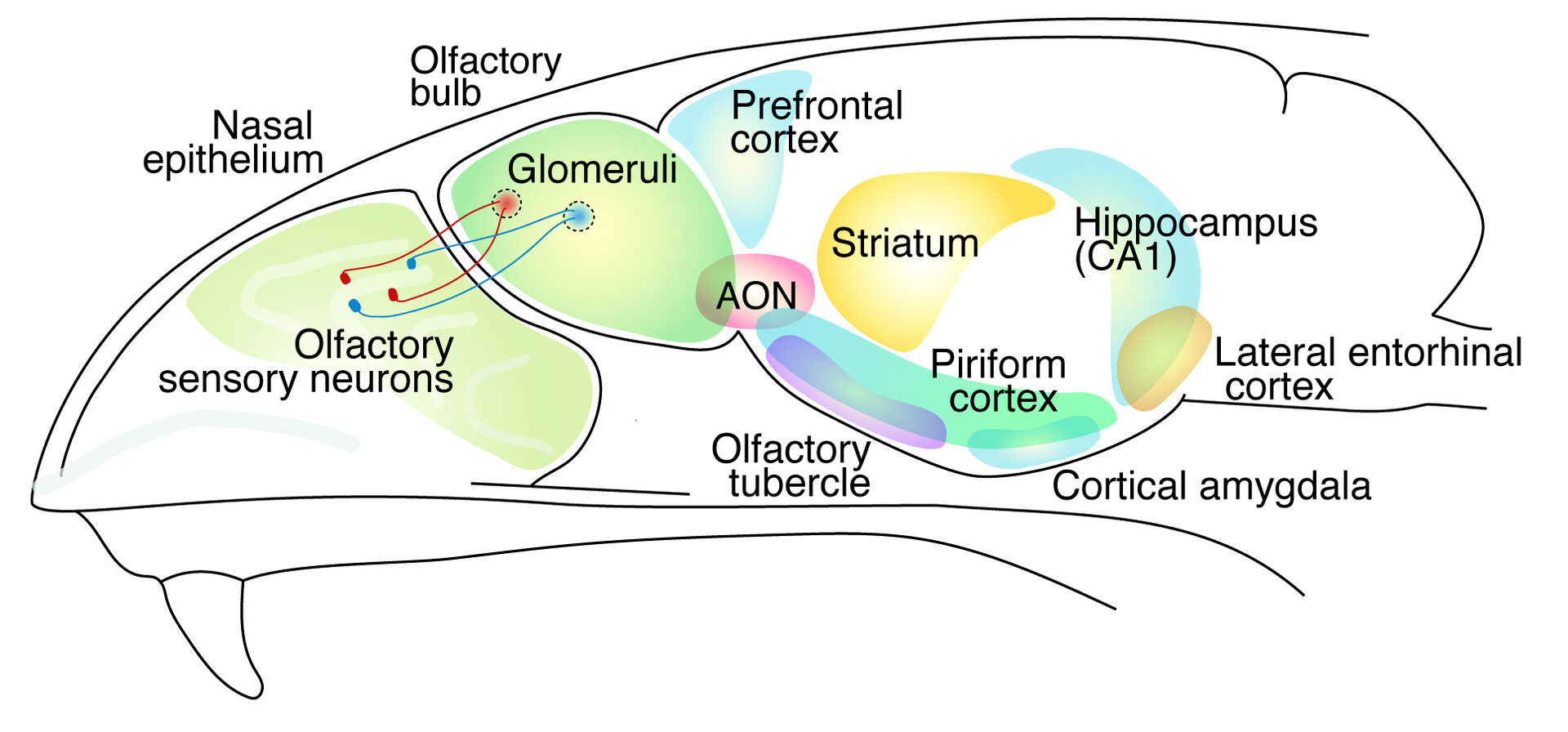FY2022 annual report
Sensory and Behavioural Neuroscience Unit
Assistant Professor Izumi Fukunaga

Abstract
There were many reasons to celebrate in Sensory and Behavioural Neuroscience Unit this year. Our first PhD student, Aliya Mari Purser successfully defended her PhD. Josefine Reuschenbach has successfully defended her PhD proposal and her work in collaboration with Janine Reinert, where they investigated how the stimulus timing affects an acquisition of a complex olfactory task has now been published in Journal of Neuroscience.
1. Staff
- Dr. Izumi Fukunaga, Principal Investigator
- Dr. Sander Lindeman, Researcher
- Dr. Janine Reinert, Researcher
- Dr. Adam Mago, Researcher
- Dr. Aliya Purser, formerly Graduate Student (completed in September)
- Ms. Xiaochen Fu, Graduate Student
- Ms. Josefine Reuschenbach, Graduate Student
- Ms. Sourjya Baibhabee Nath, Graduate Student
- Ms. Yu-Pei Huang, Technical Staff
- Ms. Sayori Gordon, Administrative Assistant
2. Collaborations
- Dr Hiroaki Matsunami (Duke University)
- Dr Hiroto Sekiguchi (Toyohashi University of Technology)
- Dr. Svante Paabo and Dr. Xiangchun Ju (OIST Graduate University)
3. Activities and Findings
3.1 Effect of stimulus timing on the acquisition of olfactory working memory
We have established an efficient method for training mice to perform an olfactory working memory task, namely, olfactory delayed nonmatch to sample task. By optimising the stimulus timings, the head-fixed mice can now learn to perform the Go/NoGo version of the task in 5 days. In this process, we unexpectedly observed that an early reward delivery caused mice to learn more slowly. Using the drift-diffusion model, we discovered that this phenomenon results from a lowering of the internal threshold to take action (mice produce licks more readily), and as a result, the sensory representation needs to be more discriminable in order to produce accurate behavioural outputs at early latencies.
3.2 Use-specific tamoxifen administration for cell-type specific investigation of the olfactory bulb

In our previous work (Koldaeva et al 2021), we described a method for generating a mitral-cell selective, inducible cre-driver line. We described that a selective and relatively sparse labelling of mitral cells can be achieved using this new genetic tool. However, there are experiments for which dense labelling is crucial. Xiaochen Fu as optimised a tamoxifen administration method to achieve this (left panel above), which will come out as a protocol chapter soon. We now use this routinely for many projects in the unit.
3.3 Olfactory learning occurs in diverse forms

We reviewed the current state of our understanding of olfactory learning and memory from rodent studies. Different forms of olfactory learning involves different brain regions and mechanisms (see figure above, from Reinert & Fukunaga, 2022). It is an exciting time for the field.
4. Publications
4.1 Journals
Reinert, J.K., and Fukunaga, I. (2022). The facets of olfactory learning. Current Opinion in Neurobiology 76, 102623.
Reuschenbach, J., Reinert, J.K., Fu, X., and Fukunaga, I. (2023). Effects of stimulus timing on the acquisition of an olfactory working memory task in head-fixed mice. The Journal of Neuroscience, JN-RM-1636-1622.
4.2 Books and other one-time publications
Nothing to report
5. Intellectual Property Rights and Other Specific Achievements
Nothing to report



